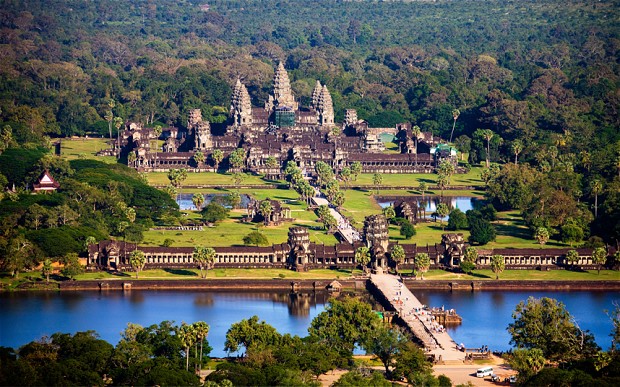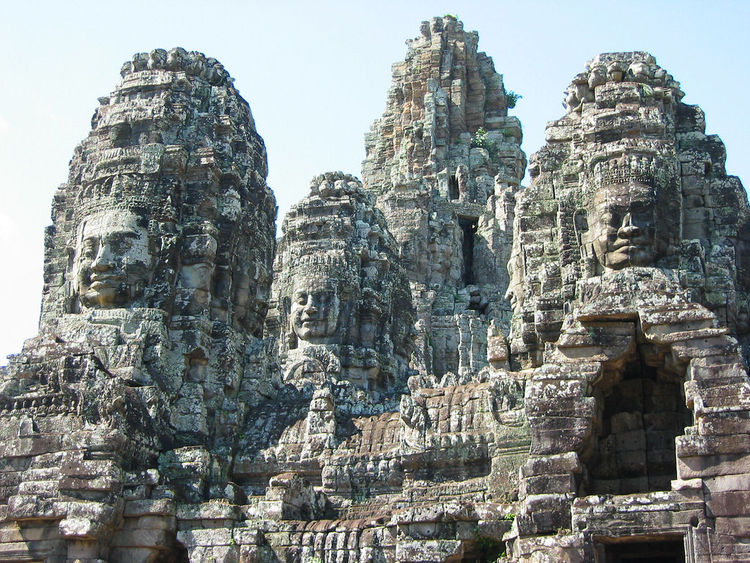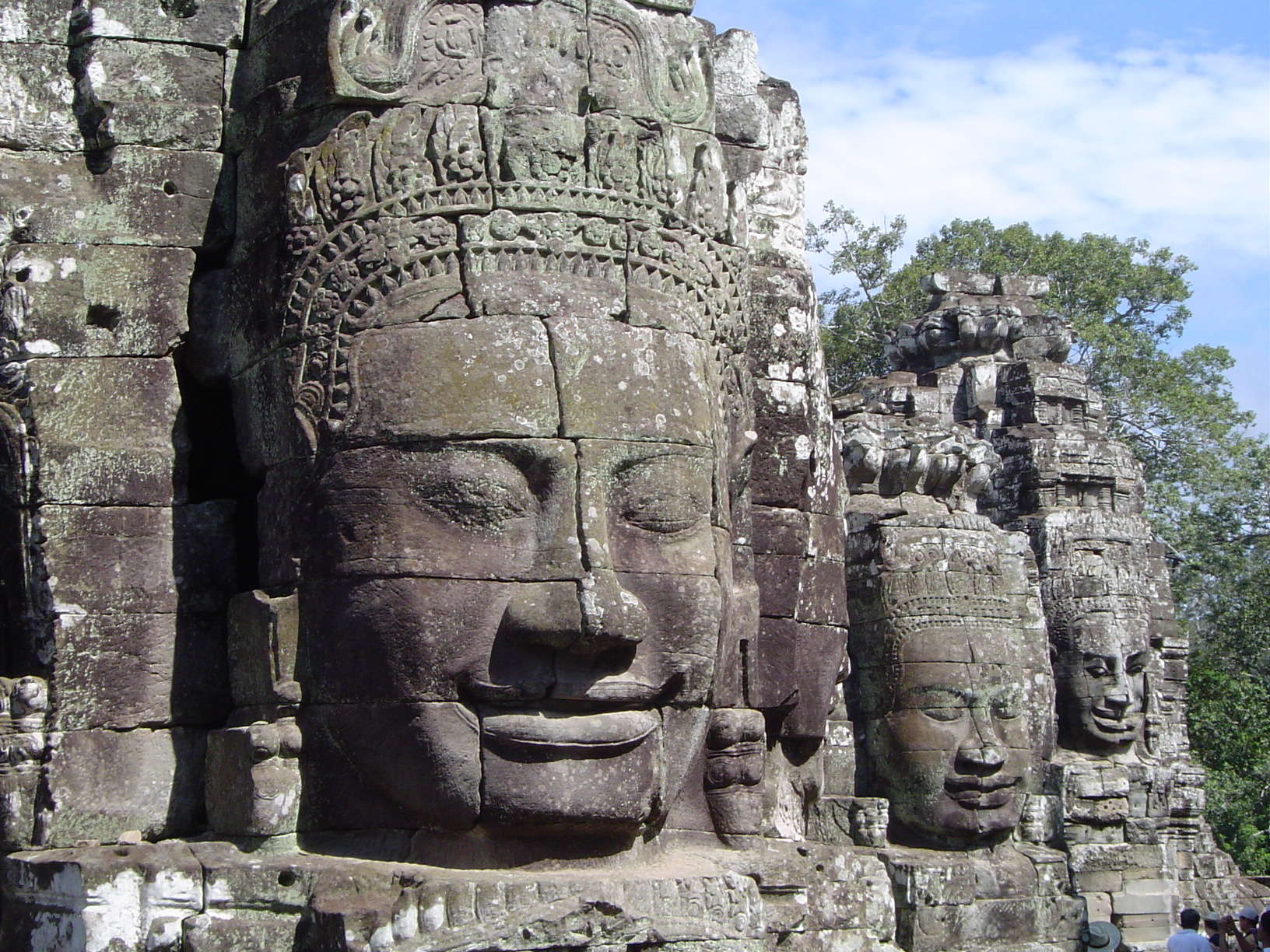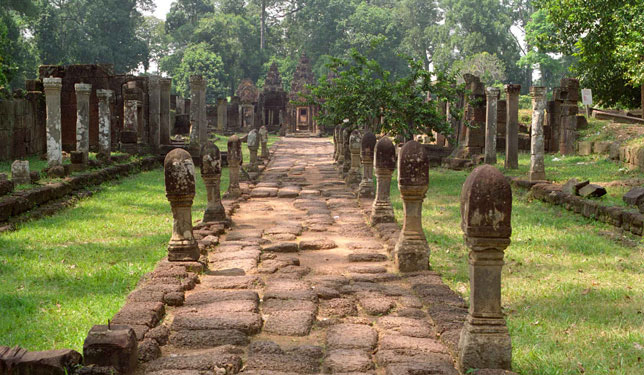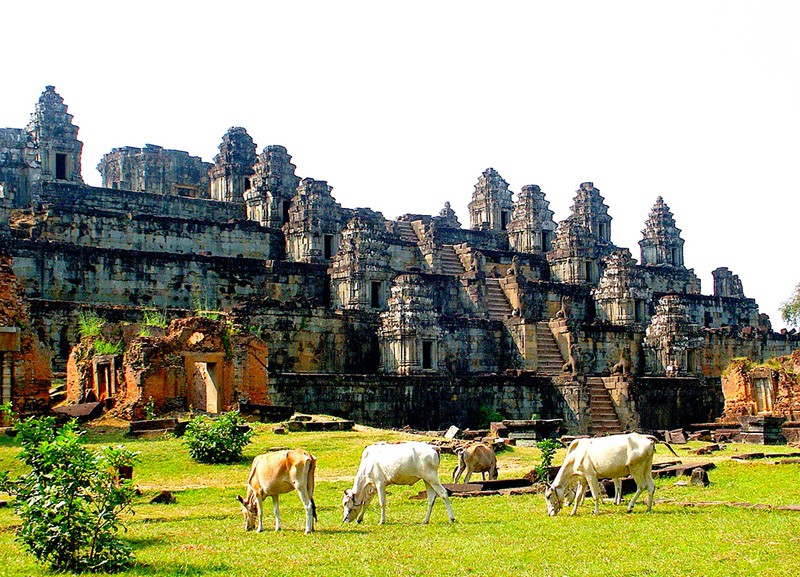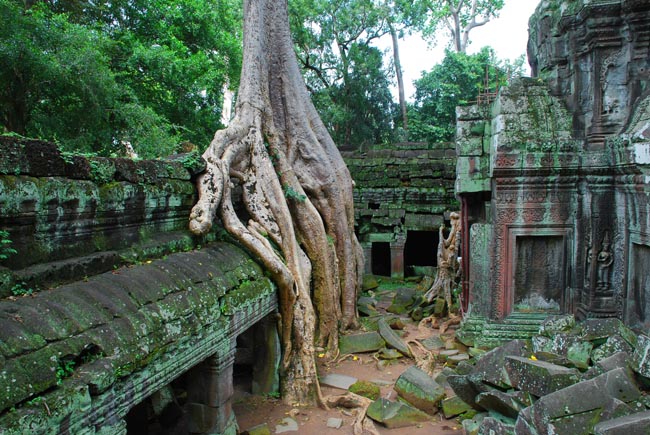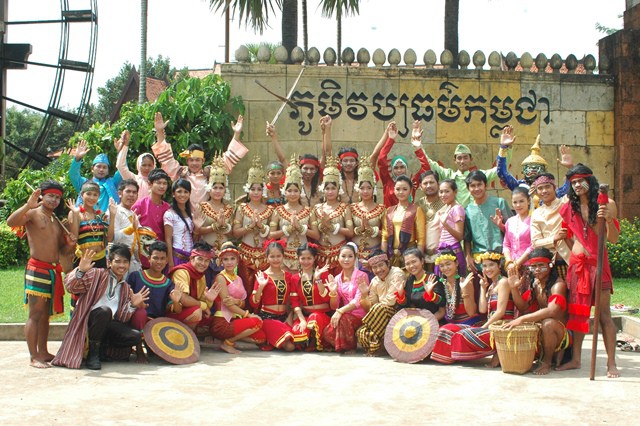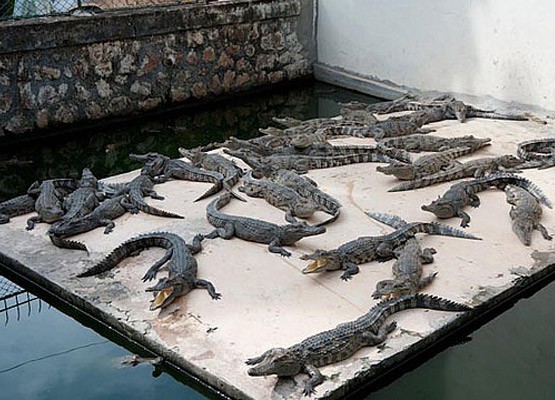Most visitors to Siem Reap come with only one goal in mind: Seeing Angkor Wat and it’s archaeological park! If this is the case for you as well, then we are happy to provide you with some great information about this magical place. However, Siem Reap is not only Angkor Wat alone! So, don’t miss out on the other wonderful sightseeing spots listed in this section.
Angkor Wat: onstructed for King Suryavarman II in the early twelfth century, it is the best-preserved temple and is the only one to have remained a significant religious centre since its foundation. The temple is the epitome of the high classical style of Khmer architecture.
Angkor Thom Temple: It was established in the late twelfth century to early thirteenth century by King Jayavarman VII. This site is situated 1.7 Km north of Angkor Wat, within which are located several monuments from earlier eras as well as those established by Jayavarman and his successors.
Bayon Temple: Built at the centre of King Jayavarman’s capital, Angkor Thom was the last state temple to be built at Angkor, and the only Angkorian state temple to be built primarily as a Mahayana Buddhist shrine dedicated to the Buddha. Following Jayavarman’s death, it was modified and augmented by later Hindu and Theravada Buddhist kings in accordance to their religious preferences.
Banteay Srei Temple: Consecrated in 967 A.D, Banteay Srei was speculated to have been known earlier as Banteay Serai, which literally means the Citadel of Victory. It is a 10th-century Cambodian temple dedicated to the Hindu god Shiva. Located in the area of Angkor in Cambodia. It lies near the hill of Phnom Dei, 25 km (16 mi) north-east of the main group of temples that once belonged to the medieval capitals of Yasodharapura and Angkor Thom. Banteay Srei is built largely of red sandstone, a medium that lends itself to the elaborate decorative wall carvings which are still observable today. The buildings themselves are miniature in scale, unusually so when measured by the standards of Angkorian construction. These factors have made the temple extremely popular with tourists, and have led to its being widely praised as a “precious gem”, or the “jewel of Khmer art.
Phnom Bakheng: It is a Hindu temple originally built in the form of a temple mountain dedicated to Shiva. Historians believe that Phnom Bakheng was in its heyday, the principal temple of the Angkor region.
Ta Prohm Temple: A Bayon style temple, is believed to be built in the late twelfth and early thirteenth centuries. It was founded by King Jayavarman VII as a Mahayana Buddhist monastery and university.
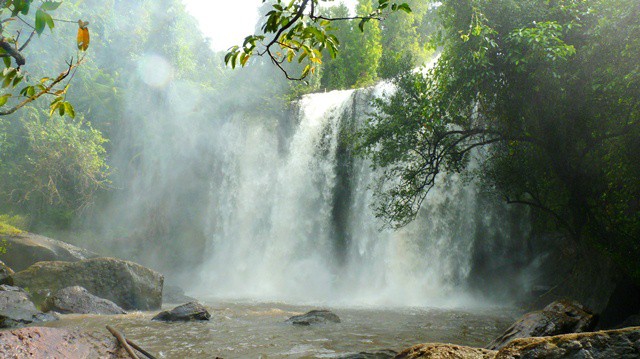
Kulen Mountain National Park: It is an isolated mountain massif located in Svay Leu District and some 48km from Siem Reap. Its highest point is 487 meters. Phnom Kulen is very important for the Cambodians. It is the place where in 802 Jayavarman II was crowned to devaraja (god-king) and announced the independence of Java. Cambodia as we know it today was born. In the weekends and on public holidays it is a very popular place. Cambodians like to take their whole family to Phnom Kulen to have a picnic, swim in the waterfall and to climb up the mountain to pray at the large resting Buddha.
Cultural Village: In all, eleven villages or sectors, each a showcase of different landmarks and providing a peek into the lifestyles of the people from various provinces including the ethnic minorities.
Crocodile Farm: It is located in Wat Sway Village, Sway Dongkum commune, Siem Reap, opening time is from 7:00 to 9:00, and entrance fee is 3 USD. The farm is run by government in order to raise the crocodiles captured in the Tonle Sab Lake. In the peak period, it is said that there are nearly 1000 crocodiles in the small farm; later, because of the financial problem, some of the crocodiles are resold to the crocodile skin dealer, leading to the decrease of the crocodile number at the present. However, there are still many crocodiles. There is a place for buying feed, even live chickens and ducks can be bought at here to fee the crocodile, but it is a little bit cruel.
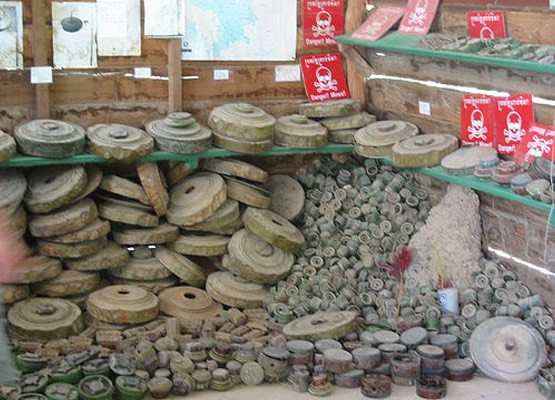
Landmine Museum: After the Khmer Rouge was defeated, Cambodia was left with a high number of unexploded landmines spread across the country. The Cambodia Landmine Museum displays an exclusive collection of landmines, but also other weapons used during the horrible Pol Pot regime. Visitors of the museum can locate and dismantle mines in an imaginary minefield as well. On top of that, the museum runs an awareness campaign to educate and warn the local youth about landmines. They support an orphanage, a rehabilitation centre and a training facility. Althought a lot of landmines were deactivated in Cambodia, there are some areas which are still forbidden to access because of these hidden dangers.
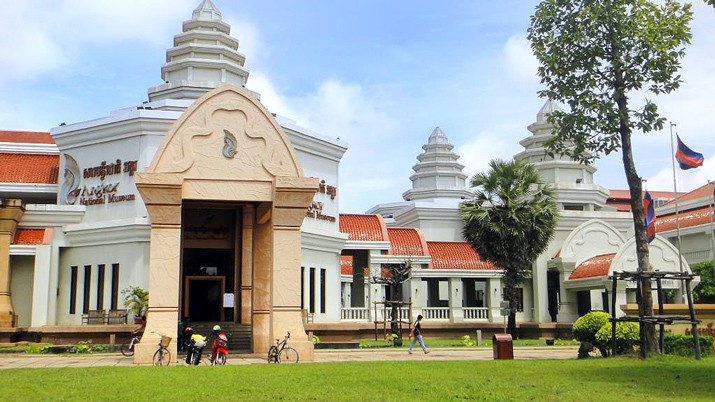
The Angkor Nantional Museum: takes you back to the beginning of the civilization of Angkor. The origin of the Khmer Art, culture and architecture is display in the museum. By using multimedia technology the museum provides the visitors a full view on the legend of Angkor and makes it easy to understand. Most visitors are impressed by the galleries and the statues maintained in the museum. The museum could give you a good background about the Khmer Empire before visiting the temples.
